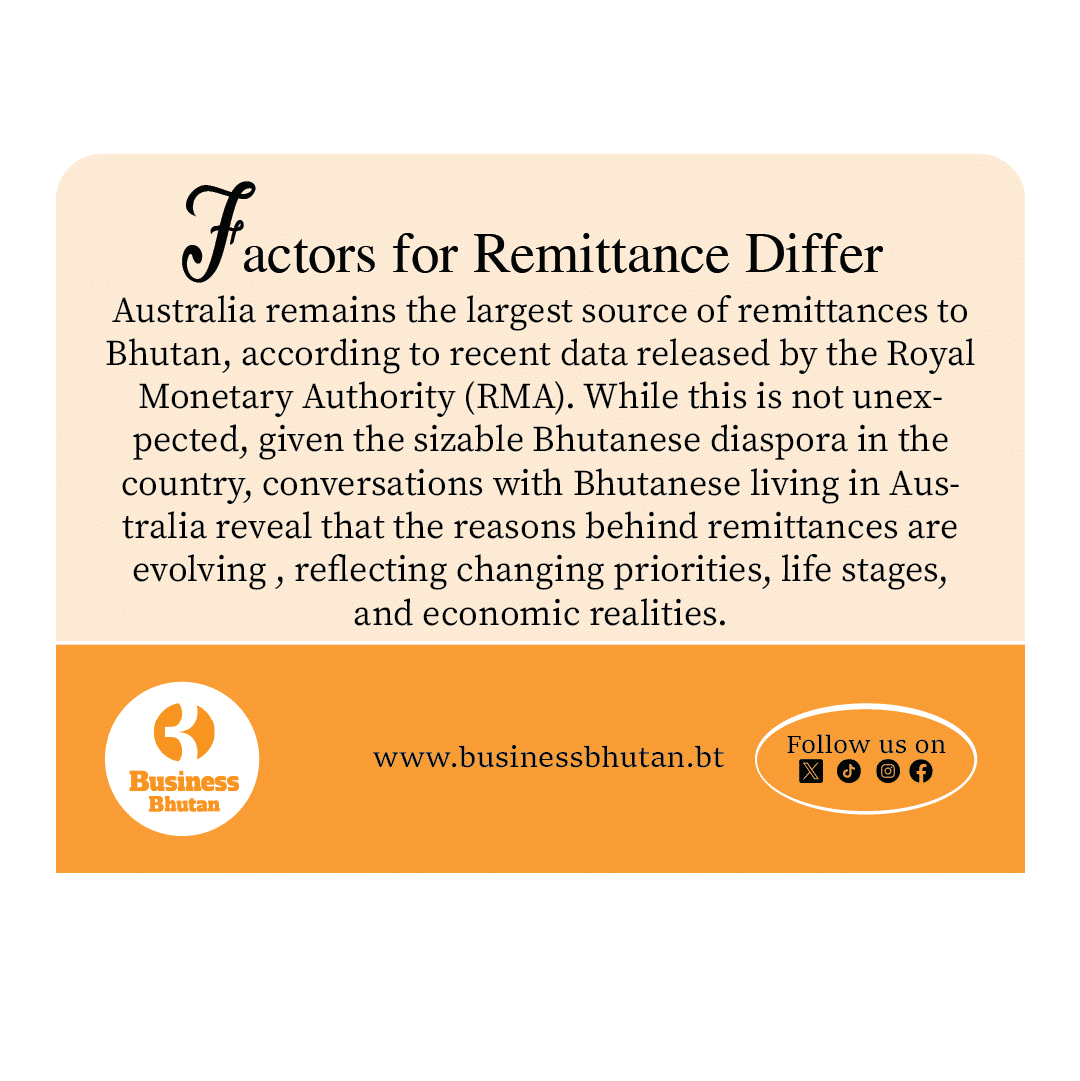Micro-plastics are found in all Indian brands of sugar and salt, according to research
The culinary staples of sugar and salt in the country are predominantly sourced from India. However, emerging research on micro-plastics has ignited significant concern regarding food safety. A recent study conducted by the New Delhi-based environmental NGO Toxics Link sheds light on the prevalence of micro-plastics in various brands of salt and sugar in India, highlighting urgent implications for Bhutanese consumers.
The researchers examined ten types of salt, including table salt, sea salt, and local raw salt, alongside five types of sugar purchased from Indian local markets and e-commerce platforms in India. The findings revealed alarming levels of micro-plastics, particularly in iodised salt, where researchers recorded an average of 89.15 micro-plastic pieces per kilogram in the form of multi-colored, thin fibre and films, while organic salt had the lowest amount with 6.70 pieces per kilogram. These measurements raise serious questions about the safety of the imports salt and sugar that Bhutanese are consuming.
According to the National Health Survey 2023, the average daily dietary salt intake for the Bhutanese population is estimated at 8.5 grams. Given the high concentration of micro-plastics in the imported salt, one can only speculate about the potential micro-plastics exposure for consumers in Bhutan. If iodised salt contains, on average, 89.15 micro-plastics pieces per kilogram, Bhutanese households might have consumed this salt unknowing expose themselves to an alarming quantity of micro-plastics through their daily diet.
Microplastics, defined as tiny plastic particles smaller than 5 millimeters, pose a growing threat due to their ability to be absorbed into biological systems. Research indicates that these tiny particles can significantly penetrate bodily organs, and ingestion has been linked to oxidative stress. This condition may trigger inflammatory and allergic reactions, and in severe cases, may contribute to life-threatening diseases such as cancer.
International studies have documented a range of adverse health effects related to micro-plastic ingestion, but current research lacks definitive guidelines on the intake levels that may pose health risks to humans. Factors influencing these risks encompass variations in particle size, chemical composition, and the behavior of these plastics within the human body.
The study conducted by Toxics Link found micro-plastics in various forms—fibre, pellets, films, and fragments—in both salt and sugar samples. The size of these particles ranged from 0.1 mm to 5 mm, indicating a concerning prevalence in commonly consumed products.
Toxic Link founder Ravi Agarwal said, “The obejective of our study was to contribute to existing scientific database on microplastics so that global plastic treaty can address this issue in a concrete and focused manner.”
Additionally, he said, “We also aim to trigger policy action and attract researchers’ attention to potential technological interventions that could reduce exposure risks to micro-plastics.”
In addressing the alarming findings, Toxics Link associate director Satish Sinha emphasized that the presence of substantial amounts of micro-plastics in all tested salt and sugar samples warrants immediate and comprehensive research into the long-term health implications for human beings.
The concentration of micro-plastics varied between the samples tested: salt ranged from 6.71 to 89.15 pieces per kilogram, while sugar exhibited levels from 11.85 to 68.25 pieces per kilogram, with non-organic sugar showing the highest concentration. Furthermore, the micro-plastics discovered were of several different colors including transparent, white, blue, red, black, violet, green, and yellow indicating a diverse array of sources and types of plastic contamination.
The increasing concern surrounding micro-plastics is not only a matter of individual health but also a significant environmental issue. These tiny particles can infiltrate our ecosystems, adversely affecting wildlife and contributing to broader ecological imbalances. Recent studies have even identified micro-plastics in human organs, such as the lungs and heart, and their presence in breast milk raises alarming questions about prenatal exposure for unborn babies.
By Nidup Lhamo, Thimphu
















